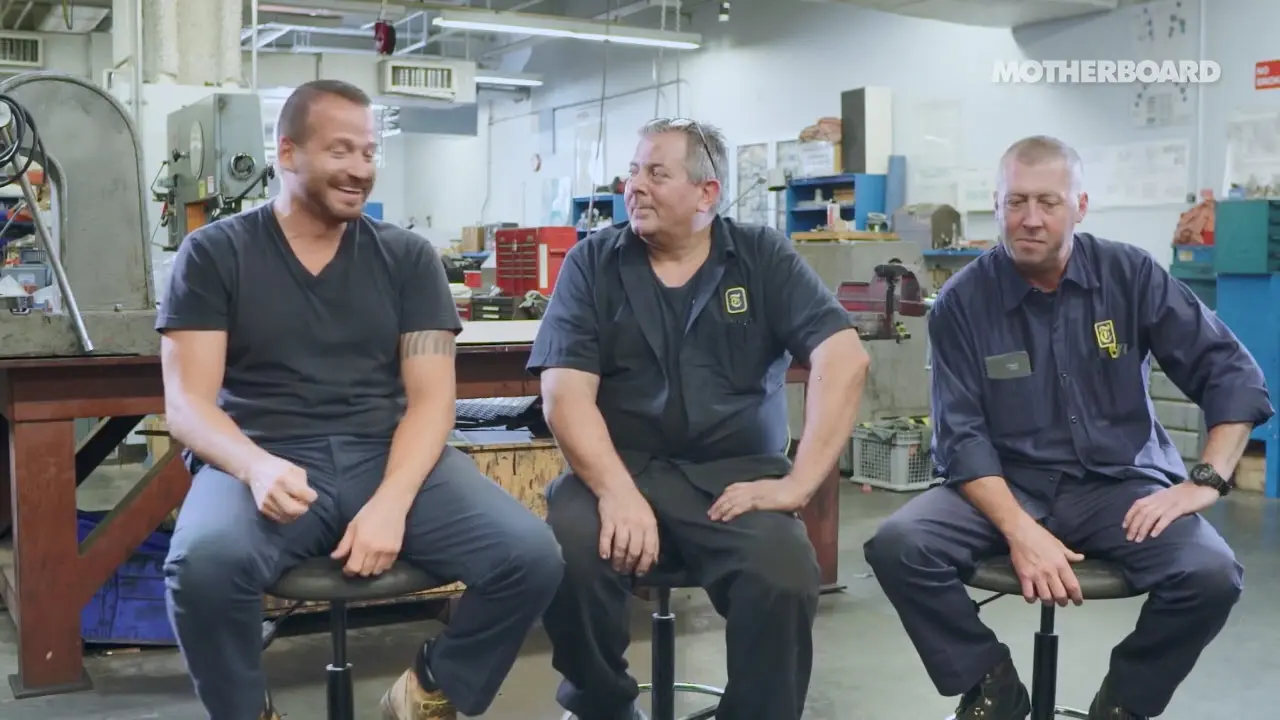In Praise of (Dare We Say It) Print
Why internal magazines still work, for some of the people, some of the time
I know what you’re thinking. Here it comes, another column from an ink-stained wretch who still reads things on paper.
It’s true, at least the ink-stained part. As a reporter and editor, I’ve worked for print publications. I get two newspapers delivered on my doorstep every day, subscribe to print magazines, and like to read hard-cover books. But this isn’t a story dripping with nostalgia and longing for the glory days of the printing press.
Print is not for every organization and certainly not for every audience. In fact, there are plenty of reasons why you shouldn’t publish a printed newsletter or magazine:
- Print is expensive. Duh.
- Distribution can be difficult – and expensive. Double duh.
- Print isn’t timely, and everyone wants everything RIGHT NOW. Got it.
- You can’t measure its effectiveness. Well, you actually can, but it can be cumbersome.
Others will point out that print kills trees. I agree, and that’s why you need to think carefully about how you use print, how often and for whom.
But under certain conditions and for particular audiences, a print pub is still a good choice for organizational communications. Done well, and with the right content, print can be a highly effective channel for:
- People who don’t sit at desks. They work on a factory floor or in a warehouse, at the top of a utility pole or in front of a cash register.
- People who have desks but rarely sit at them. A lot of health care workers fall into this category, especially nurses.
- The partners or spouses of these first two groups. A print publication sent home (or mailed) may be their best connection to news about the organization and changes that may affect their households, including benefits information.
- Retirees. Many want to stay connected to the company and to each other.
- Alumni. Universities want to hold them close, for fundraising, student mentoring and job networking.
- Print can be a terrific way to reinforce the benefits of belonging to an association.
That’s a lot of people. Can we reach them digitally? Of course, we can, and we should where it makes sense. But when we do communications assessments for our clients, sometimes the print publication stands above email, the intranet and all the rest. If you’re going with print, here are three items at the top of your to-do list:
1. Remember that print is secondary, not primary. It hasn’t been the central internal communications channel for at least two decades. Think of your magazine or newsletter as the perfect complement to your digital efforts.
A quarterly magazine, or even a monthly, is not the place to break news. But it can be a great channel for explaining the news after the fact or following up. If news is about “what” and “when,” then magazine stories are for “why” and “how.”
2. Feed the print audience. Print for the sake of print doesn’t make sense. Even the most dazzling print publication will fall short if it fails to deliver what those audiences want. Our assessments typically uncover the central paradox of internal communications: Employees say they only have time for what they really need to know but then tell us they’re interested in what’s nice to know.
3. Right content in the right package. The beauty of print is what you can do with it visually. My colleague Bob Zeni, RCG’s design guru, hates it when I say this, but editors really want designers to make things “pop.” For years, I’ve been asking Bob to “do his magic,” mostly because it drives him nuts.
But that’s exactly what editors want. We want photos, headlines, callouts and sidebars, all jumping from the page, inviting readers in. We want to see people – not postage-size mug shots, but images of them in action. We want big headlines, tasty teasers and informative graphics.
University alumni magazines provide some of the best in today’s printed content. Take a look at RED, the award-winning magazine from our client Metropolitan State University of Denver. Their covers really do pop, with vivid images and compelling headlines. This is what we call the “newsstand mentality.” Would someone pick your publication if it was sitting on a newsstand, competing with 30 other titles?
The inside stories have depth, with great writing and bold images.
When your company magazine comes in the mail and someone in the house throws it on the coffee table, you don’t want it to look like a brochure, or worse, junk mail.
And yes, they can be digital. My advice: Do both. Connect your print publication with your online news channel, so employees can get the news they need — when they need it — and read the nice to know when they have a little more time.
Are you doing something special with print? We’d love to hear from you and see examples of your work. Email us.
Jim Ylisela is the co-founder of Ragan Consulting Group. He loves magazines. Are you considering print or looking to upgrade?
Contact our client team to learn more about how we can help you with your communications. Follow RCG on LinkedIn and subscribe to our weekly newsletter here.






